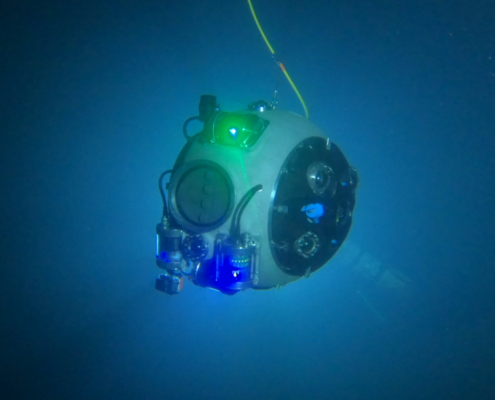 UNEXMIN GeoRobotics
UNEXMIN GeoRoboticsLPRC at UNEXUP’s 2nd Progress Meeting
On Wednesday (03/02) the UNEXUP consortium held the Second Progress…
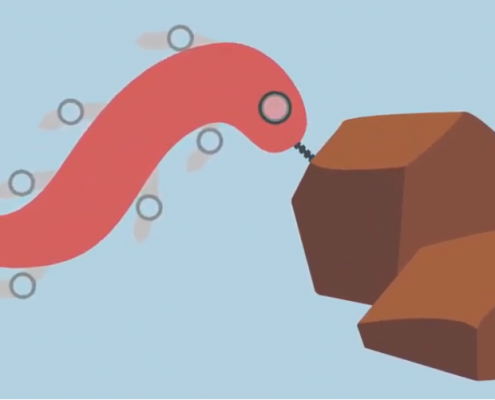 ROBOMINERS
ROBOMINERSROBOMINERS project Review Meeting
On 29 January 2021, the ROBOMINERS project had its first review…
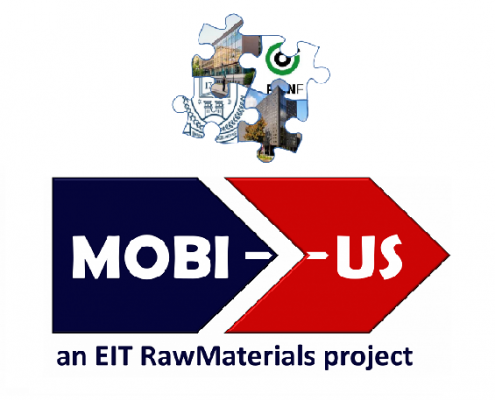
LPRC @ Webinar – Recent installations, implications for the future of geothermal in Turkey
On Friday 29, Gauthier Quinonez (LPRC) attended the latest IGN…
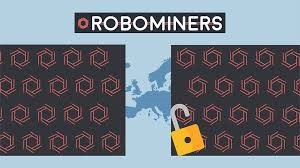
Register for the ROBOMINERS project webinar!
On 18 February 2021 the ROBOMINERS project is organising a webinar…
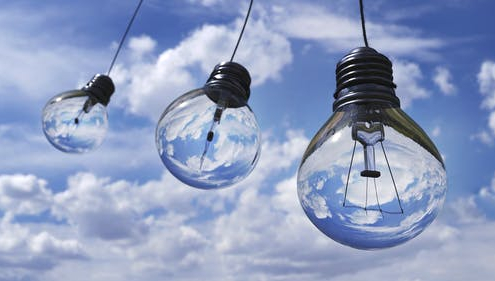
Recap of the “Focus on Geothermal – Energy for the Weekend” Webinar
How can deep geothermal be green whilst releasing CO2 emissions…
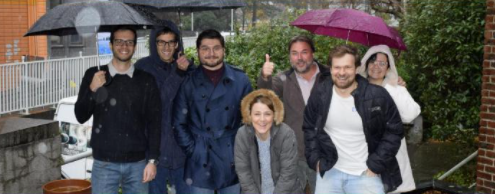
LPRC during 2020 – a summary
The past year was an atypical one, there is no denying it. Despite…
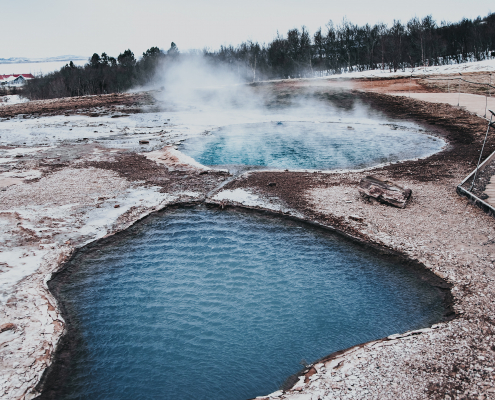
LPRC participates at “Geo-Energy Operations: Opportunities and Challenges” webinar
On the 16 December, The Welding Institute hosted its webinar…
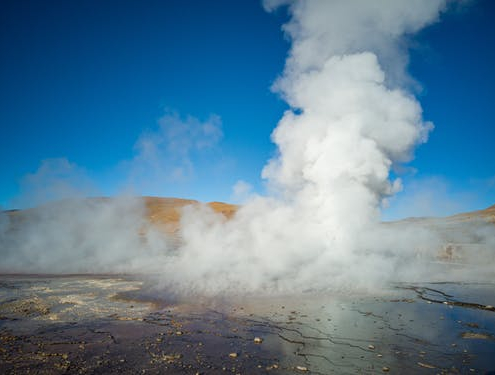
Shallow Geothermal Days 2020: Day 3: Minutes
On the 11th December 2020 took place the third and final day…

Shallow Geothermal Days 2020: Day 1: Minutes
On Friday, 4th December 2020, the European Geothermal Energy…

LPRC participation at the MOBI-US Industry Workshop!
The Industry Workshop concludes MOBI-US’ events in 2020. The…
